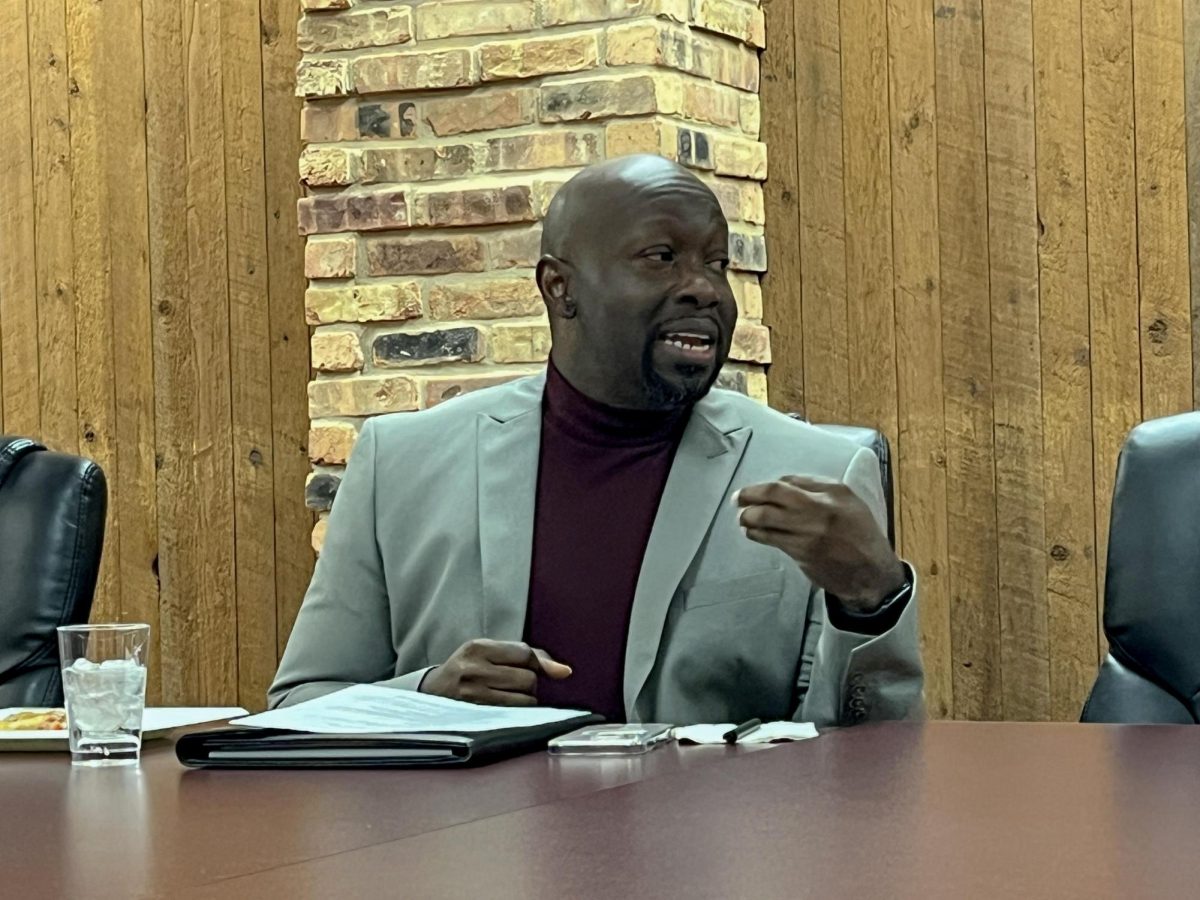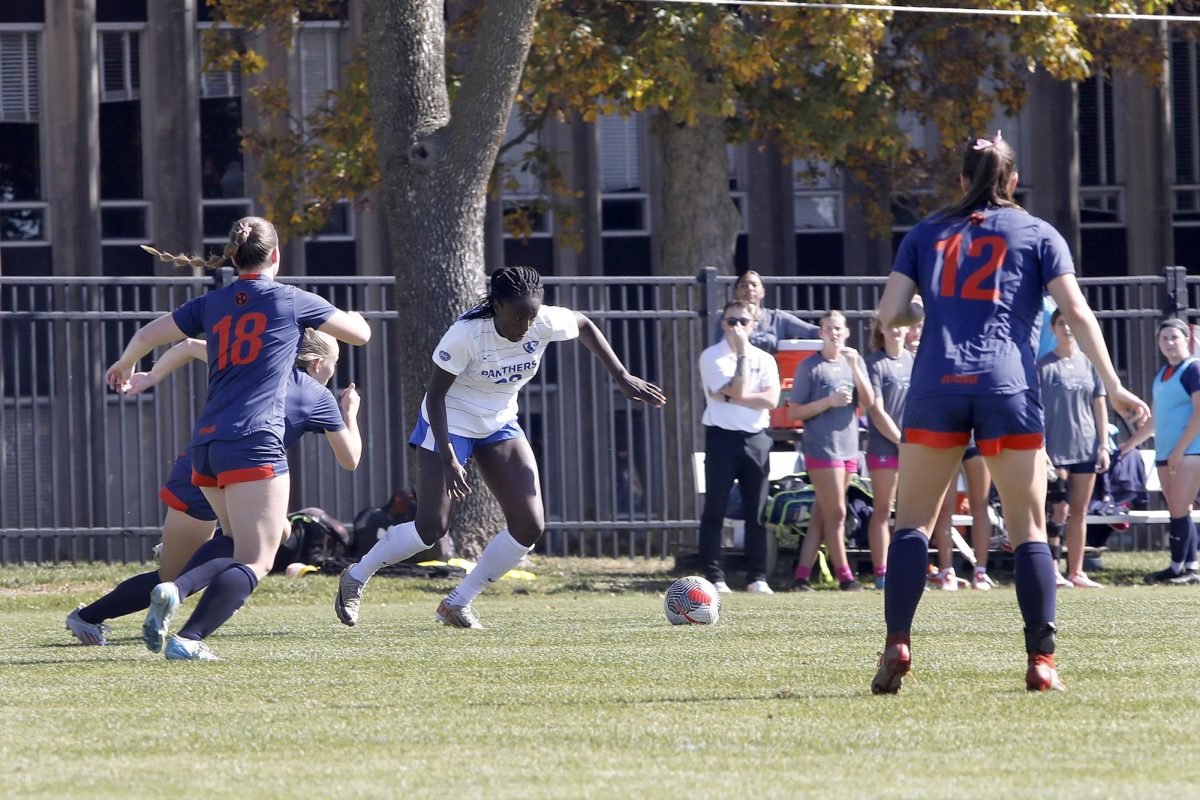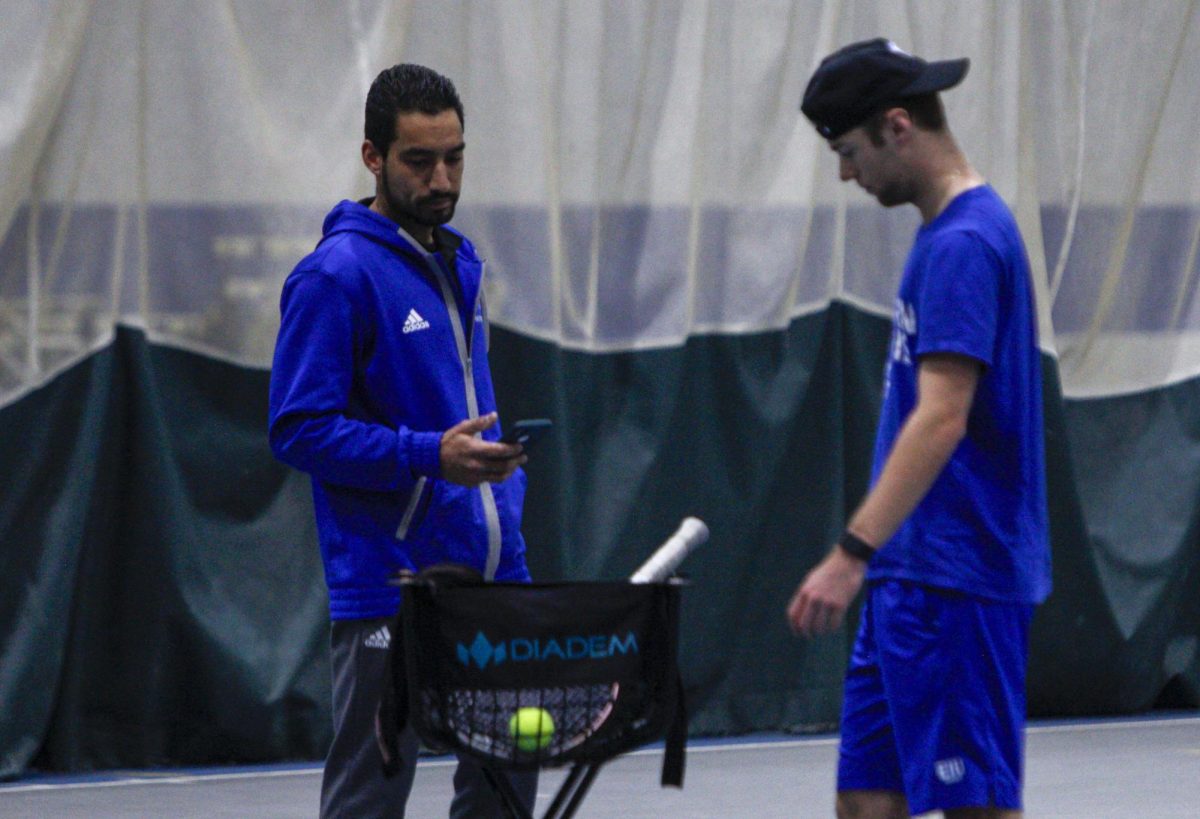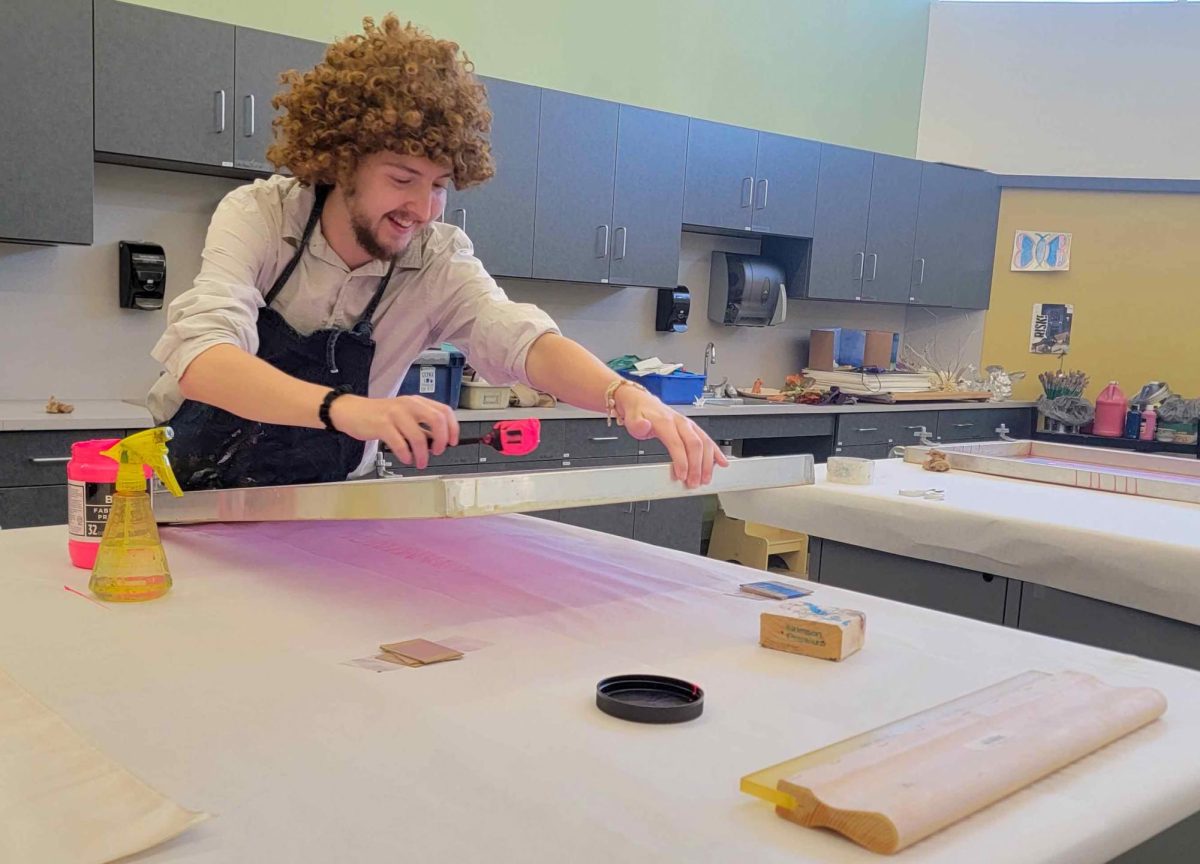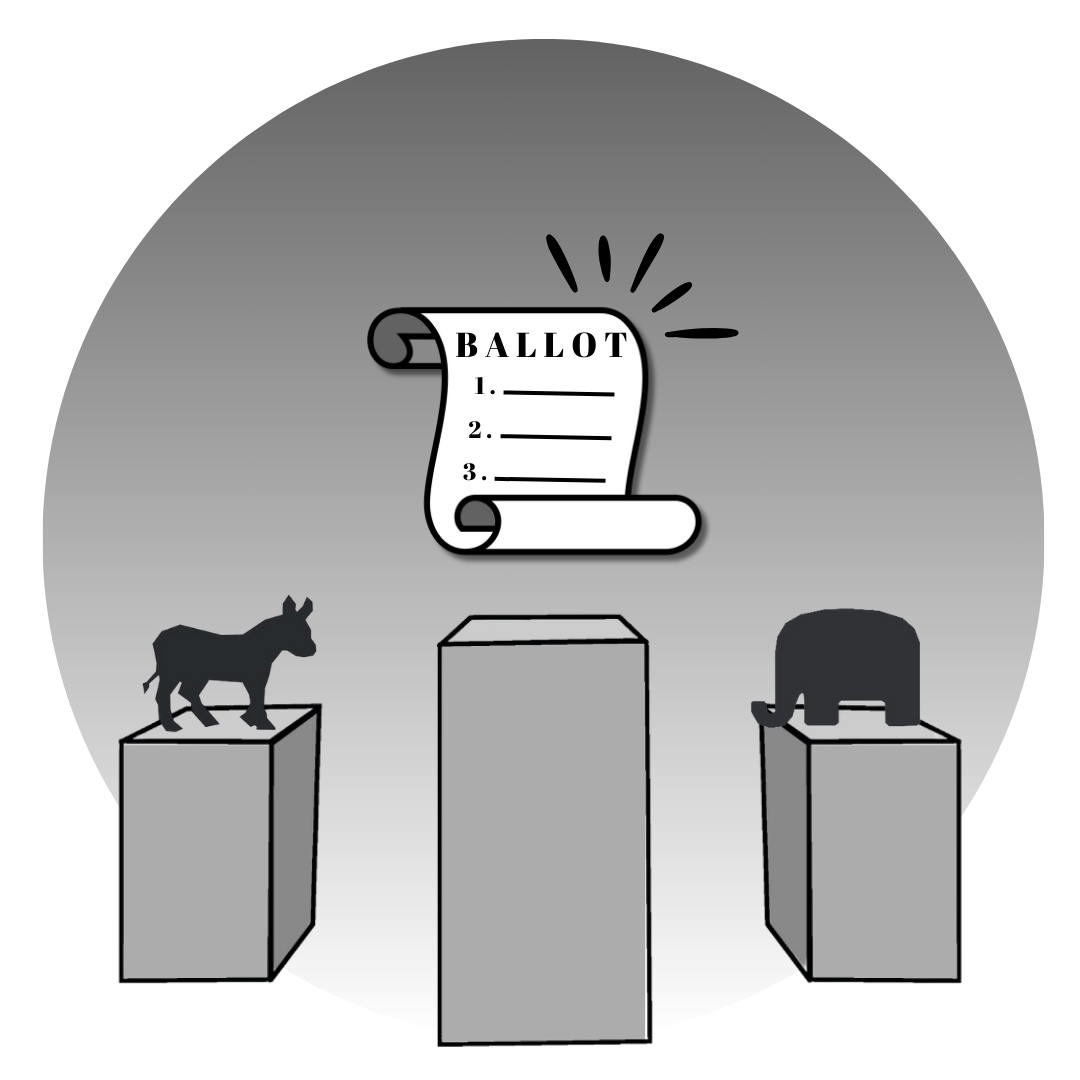Survey reveals students’ smoking habits
October 1, 2014
A survey conducted by professors in the department of health studies indicates that 34 percent of Eastern students have tried electronic cigarettes and 12 percent are current users.
Three professors including Richard Cavanaugh, Kathleen Phillips and Sheila Simons conducted the survey to determine the knowledge and use of electronic cigarettes among college students.
“My colleagues and I were interested in finding out what the level of usage of e-cigarettes for college students was and attitudes about e-cigarettes particularly as it related to health consequences,” Cavanaugh said.
He said while the study is still ongoing, about 730 student volunteers responded to the survey with more expected to participate.
He said more research is necessary to find a trend with the use of electronic cigarettes, but it is evident that more people are either trying or using them.
“We can certainly report that more people are trying or using e-cigarettes than 5 or 10 years ago, simply because they are a relatively new phenomenon,” Cavanaugh said.
Compared to the use of regular tobacco, electronic cigarettes are believed to be better among users.
According to the research, 48 percent of the respondents believe electronic cigarettes are safer and/or healthier than regular tobacco cigarettes, while 20 percent do not.
He said results also indicate that about 60 percent of respondents said they would recommend electronic cigarettes to friends who use regular tobacco cigarettes.
The survey also indicated that about half of student who consume electronic cigarettes have knowledge on its perceived unhealthy effects.
In addition, 92 percent of respondents believe that electronic cigarettes could be addictive.
However, the survey suggests that many students are not as aware of electronic cigarette use health effects.
Results indicate 63 percent do not know what electronic cigarette vapor contains, while 37 percent said they do.
A few preliminary findings show that more students are aware of the unhealthy effects of the use of nicotine, regardless of their smoking or non-smoking habits.
“Conversely, 80 percent know what is contained in regular cigarette smoke and 20 percent do not,” he said.
Cavanaugh said other factors that contribute to student behaviors and choices will also need to be considered, such as peer influences and social media.
Results of the survey will be used to convey the risks of using electronic cigarettes.
“Survey results may warrant the development of an educational program to address the health risks of e-cigarettes,” Cavanaugh said.
In addition, results will be used for professional presentations or journal publications.
“We have just submitted an abstract to the Society for Public Health Education (SOPHE) for their Spring 2015 conference in Portland, Oregon,” he said.
Participants will remain anonymous; however, the three professors would like to convey the overall results at the end of their research study.
Cavanaugh said the study is significant for faculty to be informed and convey that to their students.
“As health educators our job is to assess the impact of certain health behaviors,” he said. “We need to assess who is using e-cigarettes and why in order to design educational programs to promote healthy decision-making.”
While more research will be conducted, Cavanaugh said responses thus far have been a great contribution.
“I would say that the data so far should help us paint a picture of not only who may be using e-cigarettes, but also reasons why or why not among this population,” he said.
In collaboration with his colleagues, Cavanaugh said they are thankful to have obtained various replies.
“We are very appreciative of the time that students took to read and respond to our study and we look forward to making the final results public as soon as we can,” Cavanaugh said.
Debby Hernandez can be reached at 581-2812 or dhernandez5@eiu.edu



